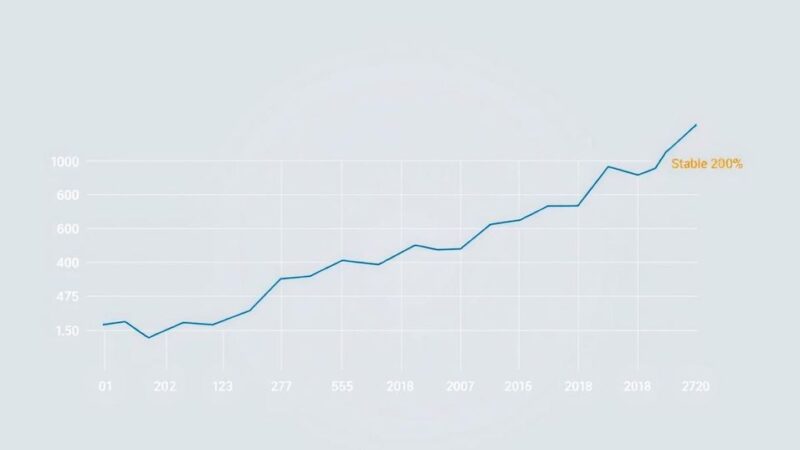Mali has broken ground on a gold refinery projected to produce 200 tonnes annually, potentially worth $130 billion. The project is part of a strategy to reclaim control over mineral resources. General Assimi Goita, leading the nation post-coup, has expressed the importance of local processing, aligning with regional trends in the Sahel. The refinery is being developed with the help of Russian and Swiss companies and aims to end decades of foreign dependency.
Mali has officially started construction on a gold refinery, a significant development reported by Reuters. The government views this project as a critical step towards regaining control of its mineral resources. Located in Senu, a town near Bamako, the refinery’s construction is being handled by Yadran Group, a Russian industrial company, along with an unnamed Swiss investor.
Once completed, the refinery will have a production capacity of 200 tonnes of gold annually, which equates to approximately $130 billion, significantly boosting Mali’s current production levels. At present, Mali is one of the world’s top gold producers, but the economic benefits have been minimal, with tax revenues from mining businesses fluctuating between $1 billion and $1.4 billion for 2024. With a per capita GDP of less than $900, the economic impact of this venture is seen as paramount.
The state will have the majority share of the refinery, ensuring it retains control. Mali’s political landscape is currently under the leadership of General Assimi Goita, who took power in a coup in 2021. While elections were initially set, recent actions by the National Transitional Council have extended Goita’s presidential term by five years.
Goita has also been steering Mali towards stronger ties with Russia, distancing from its former colonial relationship with France. During the groundbreaking ceremony, he emphasized that the refinery represents an end to decades of dependence on foreign processing. He mentioned plans to amend local laws so that all gold mining firms must refine their gold within Mali.
This move aligns with a broader trend across the Sahel region, including Guinea, Niger, and Burkina Faso, where governments are updating mining codes to ensure local processing of minerals. Goita stated, “Since 1980, Mali’s gold has been exported for refining and sale to countries such as the United Arab Emirates, South Africa, and Switzerland. This deprives our country of substantial revenues that could be used for the development of its economy.”
In addition to its local benefits, Irek Salikhov, Yadran’s president, remarked that the refinery will serve as a processing hub for gold extracted not only in Mali but also potentially from neighboring countries like Burkina Faso. Meanwhile, a Malian court has recently placed Canadian company Barrick under state control for a six-month period amid an ongoing tax dispute with the government.
Mali’s new gold refinery project marks a pivotal moment in the nation’s ambition to reclaim its mineral wealth and enhance local processing. With a potential annual output valued at $130 billion, this initiative aims to significantly uplift the country’s economy. As Mali moves away from past dependencies and strengthens ties with Russia, it seems set to reshape its gold production landscape, amidst a broader movement in the Sahel for local processing of resources. The success of this refinery could not only mean financial benefits but could also serve as a model for neighboring countries, fostering regional economic development.
Original Source: www.globalconstructionreview.com






